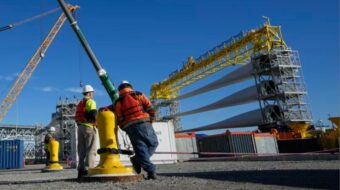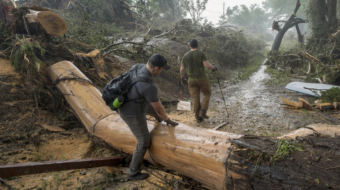Perhaps Facebook, Twitter, email, the iPhone and really the entire digital revolution sweeping the world on the Internet these days are not so great after all especially when it comes to protecting the environment. Although the World Wide Web brings millions across the planet closer than ever before, there could be consequences when it comes to our trees.
A recent study based in the Netherlands finds that radiation from Wi-Fi networks is harming trees, causing significant variations in growth, as well as bleeding and fissures in the bark.
According to the study by Wageningen University all deciduous trees in the Western World are affected. Five years ago officials found unexplained abnormalities on trees that couldn’t be ascribed to a virus or bacterial infection throughout the city of Alphen aan den Rijn, prompting the study.
Researchers found about 70 percent of all the trees in urban areas throughout the Netherlands showed similar symptoms, compared with only 10 percent five years ago. Trees in densely forested parts are hardly affected, they note. And additional testing found the disease to occur throughout the Western world.
Electromagnetic fields created by mobile-phone networks and wireless LANs, ultra-fine particles emitted by cars and trucks all share the blame, scientists say. These particles are so small they are able to enter the organisms.
Twenty ash trees were exposed to various radiation sources for a period of three months. Those placed closest to the Wi-Fi radio demonstrated a “led-like shine” on their leaves that was caused by the dying of the upper and lower epidermis of the leaves. Eventually the disease would lead to parts of the leaves decay. The study also found that Wi-Fi radiation could also inhibit the growth of corn cobs.
Researchers say further studies are needed to confirm the current results indicating that long-term effects of wireless radiation is harmful toward trees.
Many critics refute the study’s findings and argue the whole concept is absurd.
However the study sheds light on a real environmental danger and despite different opinions on the cause of the diseased trees, many note pollution in all its forms including new types shared by the digital revolution also play a role.
Supporters of the study encourage more to be done in order to ensure that the positive aspects of sharing information on the Internet does not further harm the Earths natural elements more than humans already have.










